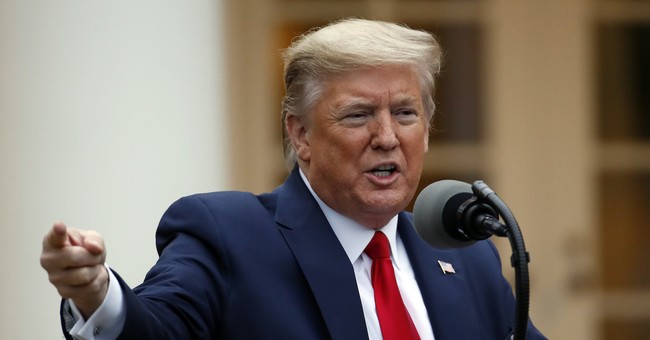What Does Reopening Look Like?

Article by Ben Shapiro in "Townhall":
As our national lockdown drags on, Americans seem less and less inclined to move swiftly toward societal reopening. Perhaps that's due to the consistent media focus on the risks of reopening. Perhaps that's also due to the psychological comfort of the status quo: When we've been made to feel safe in our home, it's difficult to leave it.
Or perhaps we, as a society, have so fundamentally altered our own perception of risk aversion that we aren't willing to leave our houses unless the risk is close to zero.
Whatever the reason, it is simply untenable to lock Americans down for months more. Calls to do so ignore not only the catastrophic human suffering inflicted on millions -- employees who no longer have jobs, children who can no longer attend school, entrepreneurs who have seen their life's dreams and savings destroyed at the behest of the government -- but the reality of economics, which is that government cannot interminably pay everyone to stay at home. Furthermore, long-term lockdowns do not even prevent the virus from eventual second-wave spreading; when we emerge from our homes, we will pass the virus to one another again.
So, how should we view the risks of reopening our society?
Rationally.
This means that we should stop looking at false case fatality rates as inevitabilities. We simply don't know how many Americans have had coronavirus, or how many have it now. We do know that the number of confirmed cases is far lower than the number of cases in society more broadly. In New York, the supposed case fatality rate -- the number of deaths from coronavirus over the number of confirmed cases -- rests at around 5%. But between March 22 and April 4, 215 pregnant women were screened for COVID-19 in New York City, according to The New England Journal of Medicine.
Four women had symptoms of COVID-19, and 29 tested positive despite being asymptomatic. This means 13.7% of these women had COVID-19 without knowing it -- for every symptomatic woman, there were seven others who were asymptomatic but positive. If applied statewide -- a simplistic model but certainly one that would be closer to accuracy than mere confirmed cases -- this would drop the case fatality rate from 5% to 0.7%. Needless to say, such a statistic would alleviate some worry, particularly among less vulnerable populations.
https://townhall.com/columnists/benshapiro/2020/04/15/what-does-reopening-look-like-n2566936




Post a Comment